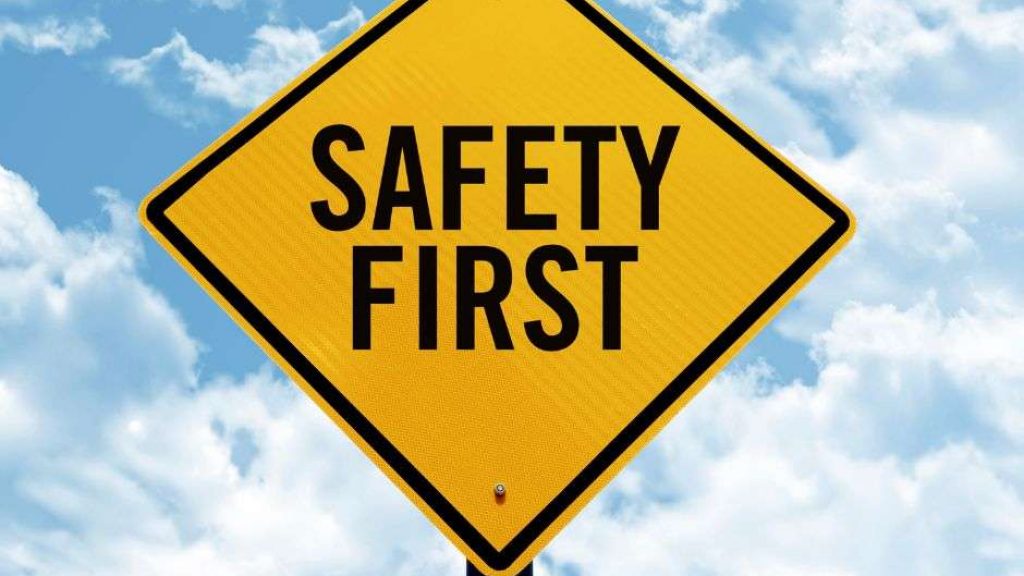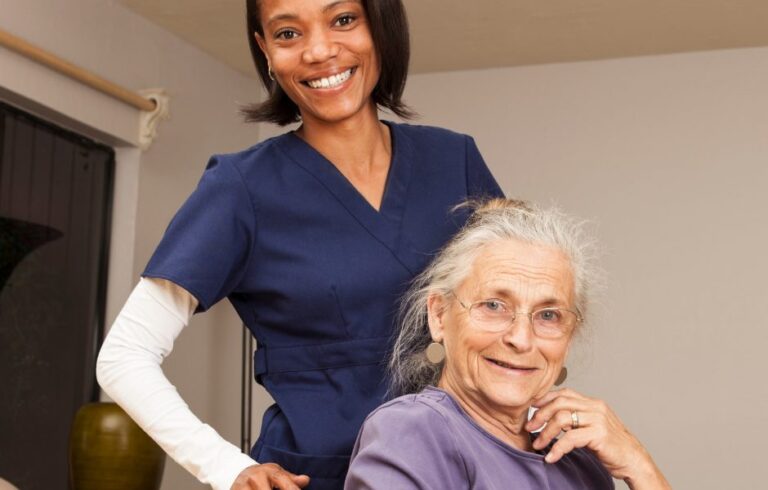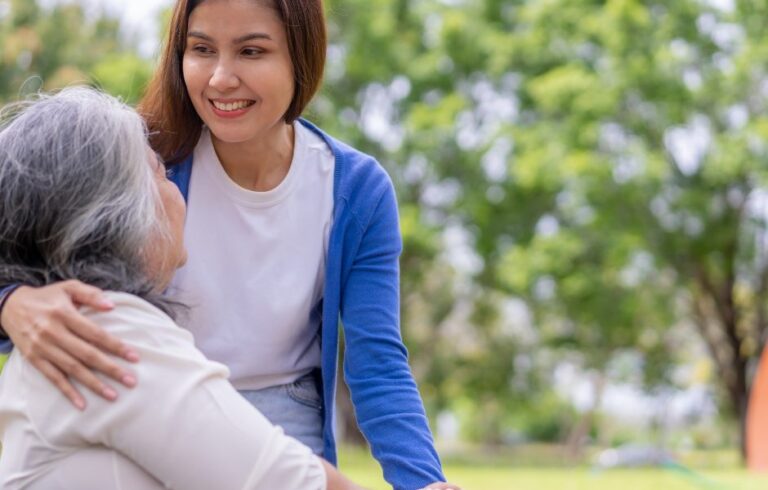For seniors, there’s no place like home. It’s where cherished memories are made and where comfort and familiarity provide a sense of security. However, as we age, our homes may require modifications to ensure they remain safe and free from hazards. Home safety for seniors is not just about preventing accidents and injuries but also about maintaining independence and quality of life. In this blog, we’ll share practical tips on how to make a senior’s home safer, providing peace of mind for both seniors and their families.
Assessing the Home Environment
Before making any safety modifications, it’s crucial to conduct a thorough assessment of the senior’s home. This assessment should consider various areas of the house, including:
- Entryways and Exits: Ensure that ramps or handrails are in place, and that paths are well-lit and free of tripping hazards.
- Bathrooms: Install grab bars in the shower or near the toilet. Non-slip mats can also reduce the risk of falls.
- Kitchen: Organize kitchen items for easy access, and keep frequently used items within reach to prevent the need to climb or reach for them.
- Stairs: If possible, seniors should have bedrooms and essential living spaces on the same level to avoid frequent stair use. Install handrails for added support.
- Flooring: Ensure that carpets are secured and free from tears or wrinkles. Consider replacing high-pile carpeting with low-pile or hardwood floors for better stability.
- Lighting: Adequate lighting, both natural and artificial, can significantly improve visibility and reduce the risk of falls.
- Electrical and Appliances: Ensure that electrical cords and appliances are in good condition and pose no fire hazards.
Fall Prevention
Falls are one of the most common causes of injuries in seniors. Here are some specific measures to prevent falls:
- Install Handrails: Handrails on both sides of staircases and in hallways can provide much-needed support.
- Use Non-Slip Mats: Non-slip mats in the bathroom and kitchen can help prevent slips on wet surfaces.
- Remove Tripping Hazards: Eliminate clutter, loose cords, and throw rugs that can cause tripping.
- Footwear: Encourage seniors to wear sturdy, non-slip footwear, both indoors and outdoors.
- Regular Exercise: Staying active can improve strength and balance, reducing the risk of falls.
Fire Safety
Fire safety is of utmost importance. Here are some safety measures to consider:
- Smoke Detectors: Ensure smoke detectors are installed and functioning in key areas of the home.
- Fire Extinguishers: Have fire extinguishers on hand, and ensure that seniors know how to use them.
- Fire Escape Plan: Create and practice a fire escape plan, especially if the senior has mobility issues.
Emergency Preparedness
Seniors and their families should also have a plan in place for emergency situations:
- Emergency Contact List: Create an emergency contact list, including numbers for local emergency services, family members, and neighbors.
- Medication Management: Ensure that there is a clear medication schedule and emergency supply in case of natural disasters or other emergencies.
- Evacuation Plan: Plan for emergencies that may require evacuation and have supplies ready.
Seeking Professional Assistance
Sometimes, it’s best to consult with professionals who specialize in senior home safety. Occupational therapists, for instance, can provide personalized recommendations to create a safer living environment.
Home safety for seniors is an ongoing process, as needs and abilities can change over time. By taking proactive steps to ensure a secure home environment, seniors can continue to enjoy the comfort of their own homes while giving peace of mind to their loved ones. Remember that these efforts not only prevent accidents and injuries but also promote independence and an enhanced quality of life.





